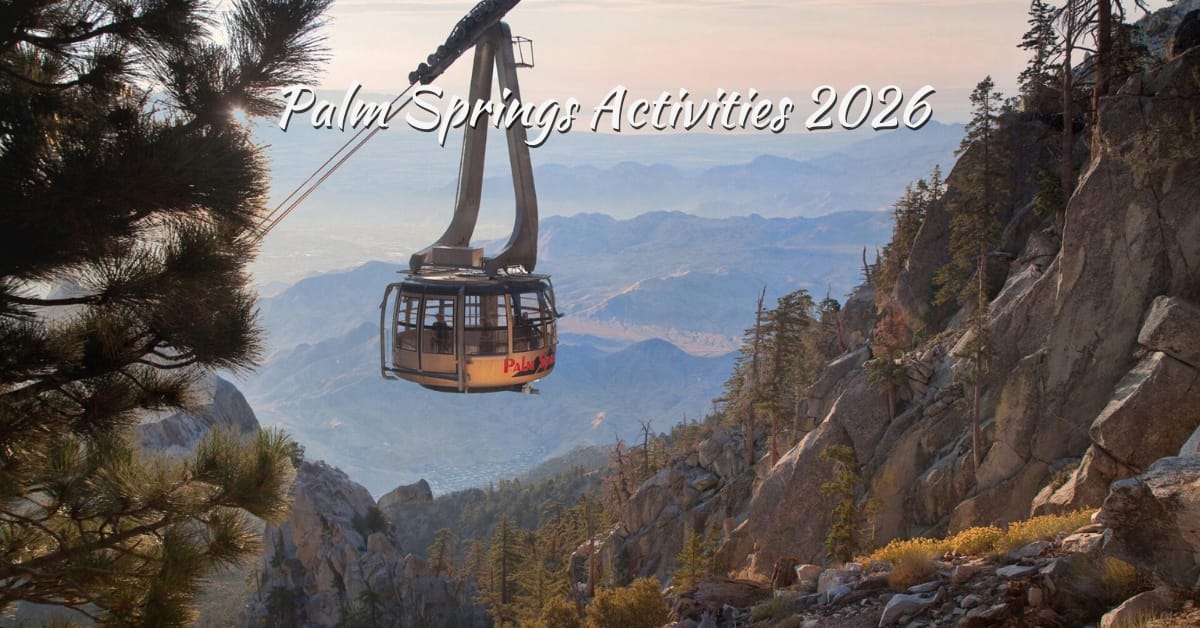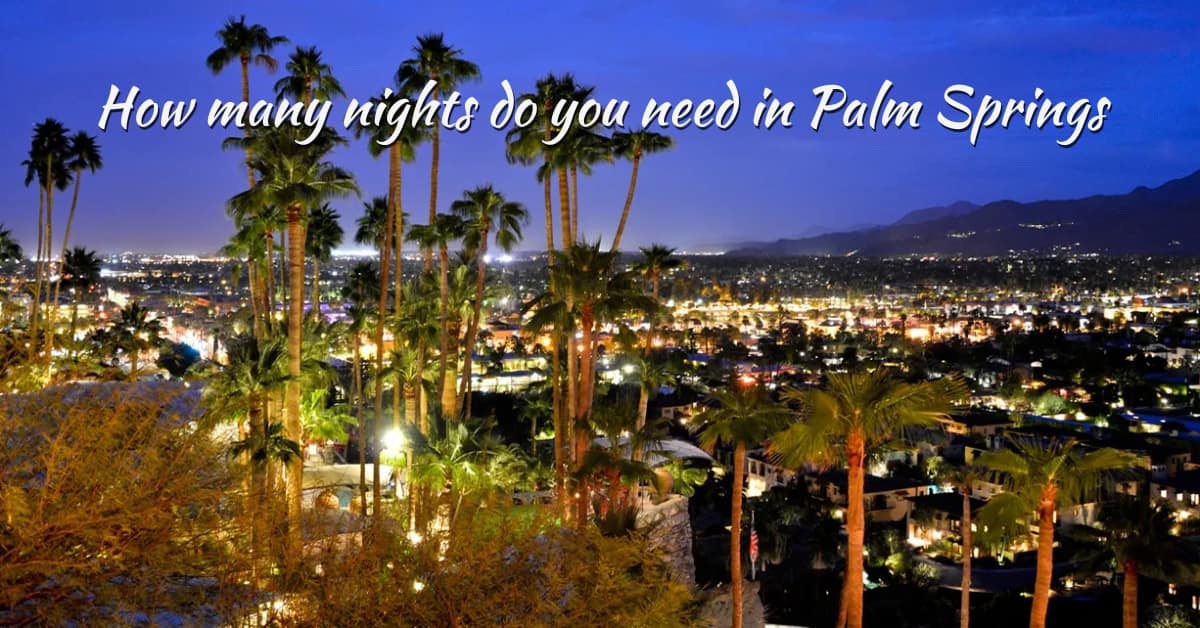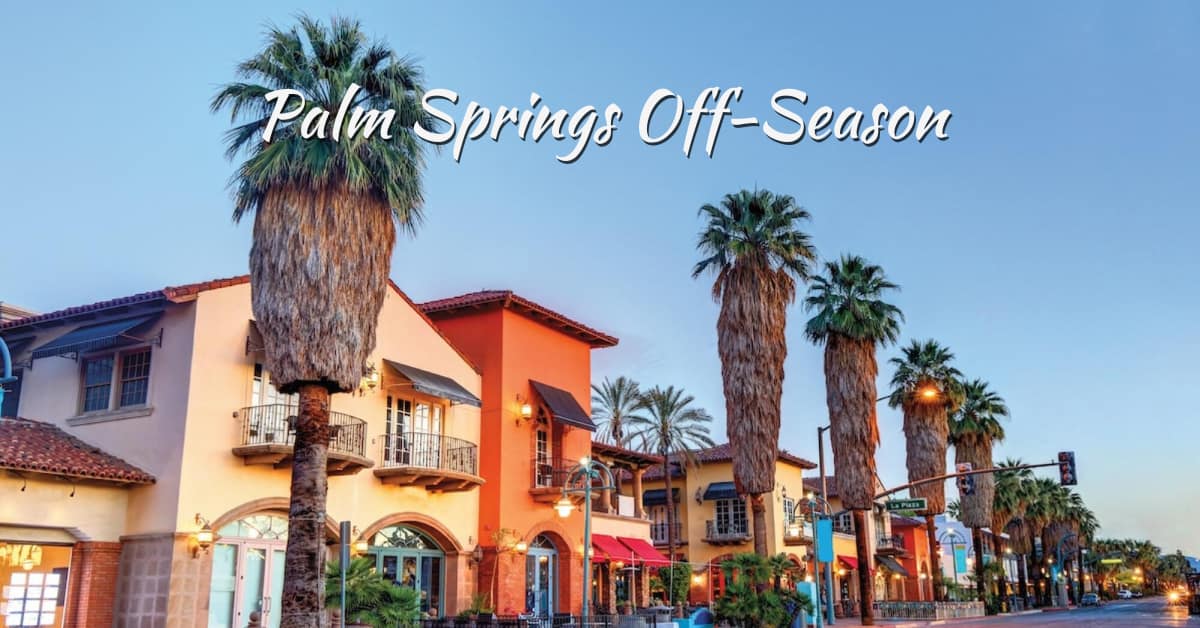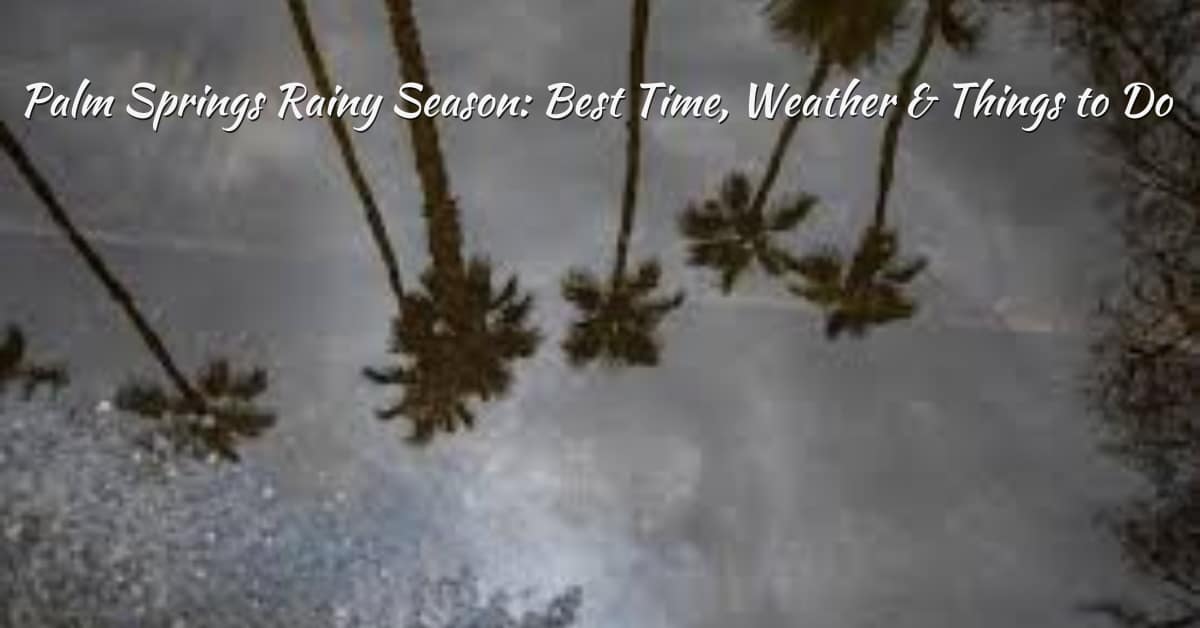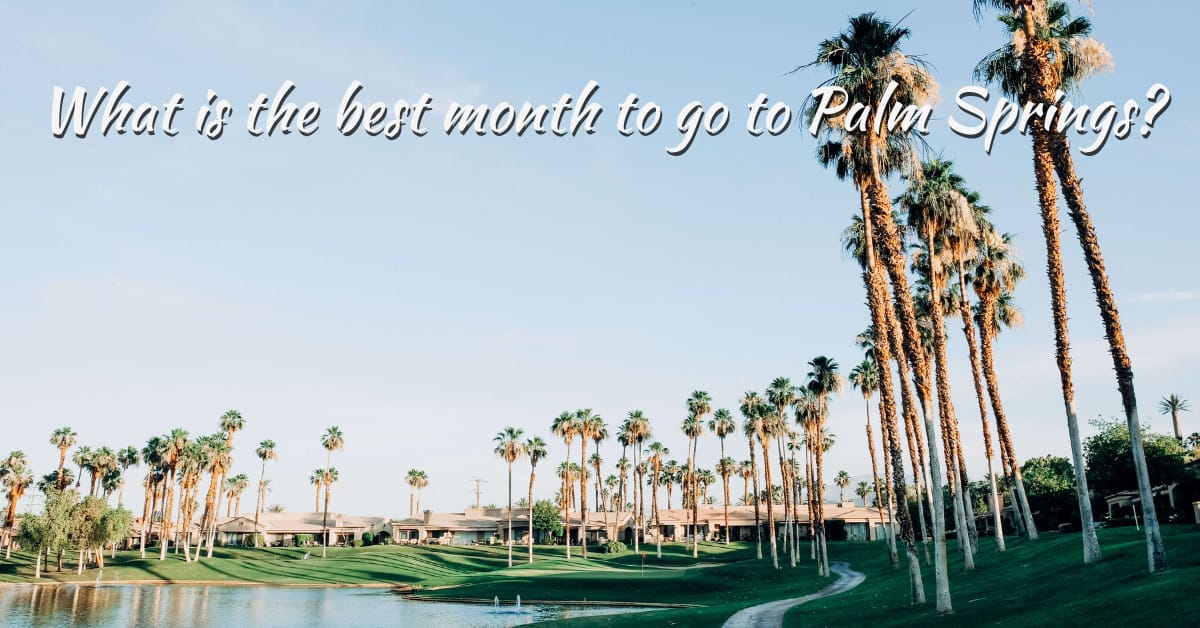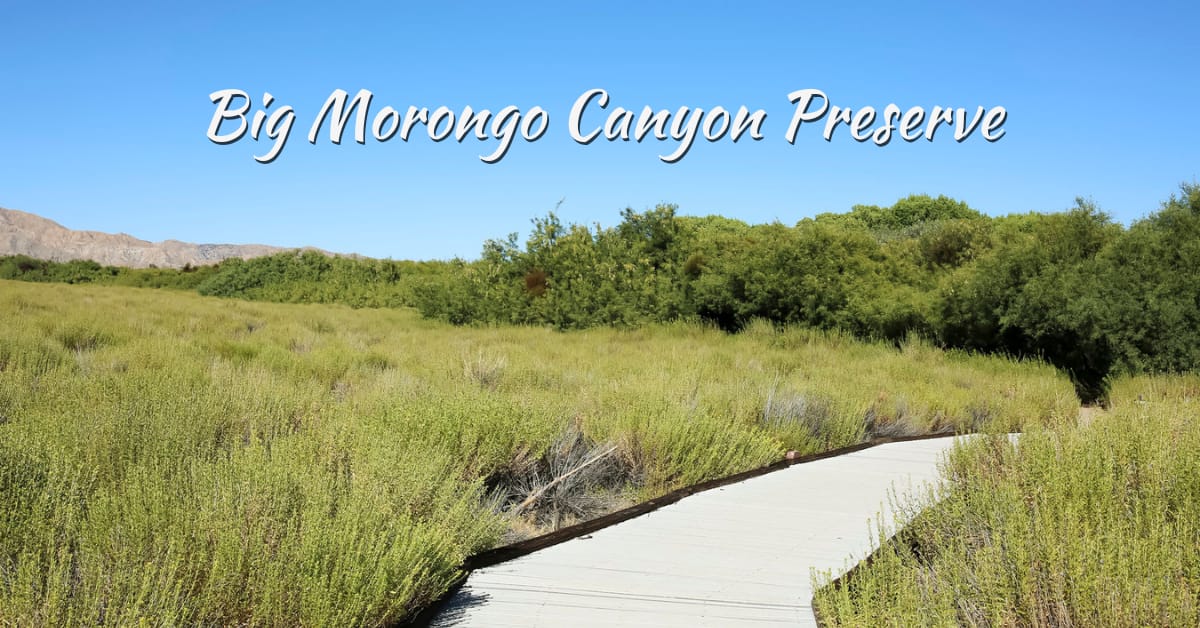Palm Springs Waterfall Hike Adventures offers a refreshing escape from the desert heat, leading explorers to hidden oases tucked within arid canyons.
Among the arid landscapes and rugged mountains lies a hidden secret—refreshing waterfall hikes that wind through lush oases and offer an incredible escape from the desert heat
The arid landscapes of the region and its rugged mountains cover the distinctive landscape but it contains hidden waterfall trails that create refreshing tranquility in verdant oasis areas far from desert temperatures.
Paths through the landscape direct hikers to see waterfalls that drop from green canyon walls amid the desert terrain.
Best 6 Waterfall Hikes in Palm Springs 2025
The 6 most remarkable waterfall trails in Palm Springs will lead you toward the desert’s precious natural marvels no matter your experience level.

1. Tahquitz Canyon Waterfall
Tahquitz Canyon Waterfall is a magnificent natural wonder that draws countless hikers to its breathtaking surroundings. Standing 60 feet tall, this iconic Palm Springs waterfall cascades into a serene basin, creating a picturesque desert oasis.
- At 60 feet tall, the Palm Springs Waterfall descends into a tranquil water basin at its feet.
- Visitors need to hike 1.8 miles (2.9 km) round trip for waterfall access that shows beautiful Tahquitz Canyon along with rock formations and desert vegetation and wildlife on their path.
- Visitors can access various points on this maintained trail to see both the waterfall and all its surrounding scenery.
- People frequent the Tahquitz Canyon Waterfall for hiking purposes and to experience the natural beauty of the desert oasis while they take pictures. Tahquitz Canyon Trail Map.
Don’t forget to check the Tahquitz Canyon Trail Map before you go!
About It
| Distance | 1.8-mile loop |
| Duration | 55 minutes |
| Dificulty | Moderate |
| Elevation Gain | 328 feet |
2. Seven Sisters Waterfall (Murray Canyon Trail)
This Creek is seasonal. The creek within the canyon exists only between winter and early spring. The trail entrance exists at the southern point of the Andreas Canyon parking area.
- The path starts from the south end of the Andreas Canyon parking area and then takes hikers to the desert floor, where they can see remarkable rock formations before reaching the entrance of Murray Canyon.
- Along this Palm Springs Waterfall Hike, visitors will encounter multiple stream crossings as the trail winds 1.5 miles through the canyon. The journey ends at the Seven Sisters Waterfall, a scenic 12-foot cascade nestled in the heart of the canyon, making it a rewarding destination for hikers seeking natural beauty and a refreshing desert escape.
About It
| Distance | 4 miles (round trip) |
| Duration | 2 hours |
| Dificulty | Easy |
| Elevation Gain | 500 feet |
| Waterfall | Seasonal 12-Foot Waterfall |
3. Andreas Canyon & Hidden Falls
Andreas Canyon is the second-biggest palm oasis of its kind and a highlight of any Palm Springs Waterfall Hike. At the canyon entrance, visitors can discover ancient rock mortars—physical evidence that the area was once home to early Indigenous peoples.
- The trail begins at the Trail Information Board positioned just before the bridge to the north.
- The path moves west toward the north face of Andreas Creek for 0.5 miles before leaping across the water to continue its journey higher up on the streambank that connects to the parking entrance.
- Accompanied by harsh desert conditions, hikers are delighted by views of diverse natural features that include rock formations together with sycamores, cottonwoods, willows, and the majestic California Fan Palm (Washingtonian filifera).
About It
| Distance | 1 mile (round trip) |
| Duration | 30-40 minutes |
| Dificulty | Easy |
| Elevation Gain | 200 feet |
4. West Fork
The route presents a tough climb of 1,400 feet, which extends over a brief distance while providing exceptional payoff points.
- The hikers who demonstrate good fitness levels will discover breathtaking views at the summit point. Deep observation skills while hiking could lead to spotting either of the rare creatures like mule deer or shy Bighorn sheep.
- The Palm Canyon Trail functions as the starting point to reach this trai,l which is situated 900 feet south of the Trading Post.
- The West Fork Trail terminates when it meets Jo Pond Trail as well as West Fork North Trail.
About It
| Distance | 5 miles (round trip) |
| Duration | 3 hours |
| Dificulty | Challenging |
| Elevation Gain | 1,400 feet |
5. Andreas Canyon Loop
Andreas Canyon is the second-biggest palm oasis of its kind. One can find ancient rock mortars positioned at the canyon entrance as physical evidence that the first people dwelled here.
- The trail begins at the Trail Information Board positioned just before the bridge to the north.
- The path moves west toward the north face of Andreas Creek for 0.5 miles before leaping across the water to continue its journey higher up on the streambank that connects to the parking entrance.
- Accompanied by harsh desert conditions, hikers are delighted by views of diverse natural features that include rock formations together with sycamores, cottonwoods, willows, and the majestic California Fan Palm (Washingtonian filifera).
About It
| Distance | 1 mile (round trip) |
| Duration | 30-40 minutes |
| Dificulty | Easy |
| Elevation Gain | 200 feet |
6. Palm Canyon Trail
Experience a hike through the world’s biggest California Fan Palm blossoming habitat. People who visit Palm Canyon can experience magnificent California Fan Palm forests as they traverse the scenic Palm Canyon Creek.
- The Cahuilla Indians used to live in what is now known as this creek area, which is revealed through rock mortars discovered on the site.
- Wandering hikers will find entry to different length trails from the Palm Canyon Trail launched at the Trading Post of Anza-Borrego Desert State Park.
- The Palm Canyon Trail enables visitors to reach West Fork Trail, East Fork Trail, Victor Trail, Vandeventer Trail, and Indian Potrero Trail as well as Dry Wash Trail.
About It
| Distance | 15 miles (one way to Hwy 74) |
| Duration | Up to 8 hours (depending on distance) |
| Dificulty | Moderate |
| Elevation Gain | 3,520 feet |
Best time to visit waterfall hikes in Palm Springs
Planning your Palm Springs Waterfall Hike at the right time of year can make all the difference. The region’s dramatic desert landscapes, hidden oases, and seasonal waterfalls are best experienced when the weather is favorable and the trails are welcoming. Here’s a breakdown of what to expect in each season:
Spring (March to May)
Spring is one of the best seasons for a Palm Springs Waterfall Hike. Hiking conditions are perfect at this time because of the pleasing weather. Springtime stands out because nature blooms with colorful wildflowers as the animal population rises while attracting wildlife enthusiasts.
Fall (October to December)
Fall offers another excellent opportunity for exploring the waterfalls of Palm Springs. The temperatures are moderate, and the trails are less crowded compared to the peak winter season. The golden-yellow tones of palm trees and desert foliage add a magical touch to your Palm Springs Waterfall Hike, and cooler days allow for longer, more enjoyable treks.
Winter (January to February)
Winter provides comfortable weather that suits the exploration of outdoor locations wonderfully. The occasional rainfalls aid vegetation growth, resulting in abundant greenery. The lower number of visitors allows visitors to experience tranquility during their visit.
Summer (June to September)
Temperature conditions create substantial difficulties in this area because the mercury rises above 100°F (38°C). During this period, the park keeps restricted hours since it opens only on the weekends. People who plan summer visits to the park must reach early because high temperatures reach their peak during the noon sun.
Things to Do in Palm Springs Other Than Hike
While a Palm Springs Waterfall Hike is an unforgettable experience, the region has so much more to offer beyond the trails. From scenic vistas to rejuvenating relaxation spots, Palm Springs provides countless ways to enjoy your desert getaway.
- Hiking at Palm Springs Aerial Tramway will allow visitors to reach Mount San Jacinto State Park, where they can enjoy desert panoramas along with additional walking paths.
- The national park of Joshua Tree offers visitors a close drive distance to explore distinctive rock architecture, varied plant species, and perfect night sky conditions.
- Guests can relax their tired muscles in the natural hot mineral spa facilities that exist throughout the region.
Conclusion | Palm Springs Waterfall Hike
The hiking trails in Palm Springs expose a surprising discovery.
You will find waterfalls do exist even in this dry desert region. The desert shows its serene nature by having roaring winterfalls turn into peaceful spring streams if you know where to find them.
Put on your hiking boots and grab a trail map as you set out on your Palm Springs Waterfall Hike in search of these hidden desert gems
After a day of exploring these hidden desert waterfalls, return to Spirit of Sofia for a refreshing dip in the pool or a relaxing evening on the patio. Nestled in the heart of Palm Springs, our boutique hotel is the perfect base for your nature-inspired getaway.
Book your 2025 desert adventure today!
FAQs | Palm Springs Waterfall Hike
1. What are the best waterfall hikes in Palm Springs?
The best waterfall hikes in Palm Springs include Tahquitz Canyon Waterfall, Seven Sisters via Murray Canyon Trail, Andreas Canyon & Hidden Falls, West Fork Trail, Andreas Canyon Loop, and the Palm Canyon Trail.
2. When is the best time to do a waterfall hike in Palm Springs?
The best time for a Palm Springs waterfall hike is during spring (March to May) or fall (October to December), when temperatures are pleasant and seasonal waterfalls are flowing.
3. Are the waterfalls in Palm Springs year-round?
Most waterfalls in Palm Springs are seasonal, with peak flow during winter and spring. Trails like Seven Sisters are best visited between January and April.
4. How difficult are the waterfall hikes in Palm Springs?
Hike difficulties range from easy to challenging. Andreas Canyon and Seven Sisters are considered easy, while West Fork Trail is more challenging, with a 1,400-foot elevation gain.
5. Is there an entrance fee to hike to Palm Springs waterfalls?
Yes, many waterfall hikes in Palm Springs are located on tribal lan,d such as the Agua Caliente Indian Reservation, which requires an entry fee—typically around $12 per adult.
6. Can I see waterfalls near Palm Springs in the summer?
Summer is not ideal for Palm Springs waterfall hikes due to extreme heat and limited water flow. Trails may have restricted hours, and early morning visits are recommended if hiking.
7. How long is the Tahquitz Canyon Waterfall hike?
The Tahquitz Canyon hike is a 1.8-mile loop and takes about 55 minutes to complete. It features a 60-foot waterfall and scenic views of the canyon and desert landscape.
8. Are dogs allowed on Palm Springs waterfall trails?
Most waterfall hikes in Palm Springs, especially those on tribal lands like Tahquitz Canyon, do not allow dogs. Check individual trail regulations before visiting.
9. What should I bring for a Palm Springs waterfall hike?
It’s best to bring plenty of water, sun protection (hat, sunscreen), sturdy shoes, and a trail map. A camera is also great for capturing desert oases and waterfall views.
10. What else can I do in Palm Springs besides hiking?
Beyond hiking, you can ride the Palm Springs Aerial Tramway, visit Joshua Tree National Park, soak in mineral hot springs, or explore local art galleries and resorts.


